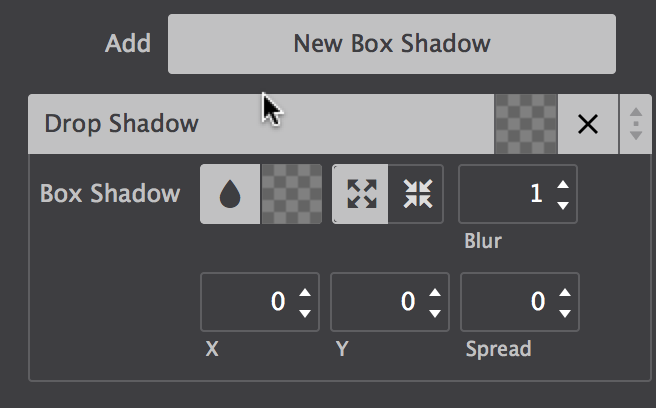

Vacation homes and vacant homes often have a higher incidence of drywall cracks caused by temperature and sometimes humidity issues than homes that are lived in full time. This may cause drywall cracks, and, in some homes, the cracks may open or close due to the seasonal changes. This expansion and contraction of the soils often causes the foundation to move up and down due to the seasons. This is because when expansive soils get wet, they expand and conversely in the dry season they will shrink. In the rainy season, homes built on expansive soils, which are very prevalent in parts of the country, will often have upward foundation movement. Seasonal changes that contribute to cracks: One indication that seasonal changes may be causing drywall cracks in your home is when the cracks open up in some seasons and close in other seasons. Surprisingly, seasonal changes rank in the top 5 causes of drywall cracks. Push on it for solidness and if you have a moisture meter, check the moisture content of the drywall, for it may reveal that there is a high moisture level that is not visible to the naked eye. Remember to look carefully at the edges of any visible drywall tape for stains or moisture evidence.
#FOUNDATION FRAMER CRACKED CRACK#
Weakened drywall cracks easier than sound drywall, therefore, if there are any moisture type stains or mold and mildew evidence visible at window or door corners and there is a crack then moisture may be the cause. Window, roof and plumbing leaks are not uncommon for homeowners to experience, however, moisture can weaken drywall, depending on the amount of moisture and for how long the drywall is exposed to it.

(Read more about truss uplift and it’s causes) If there are doors located in the walls where truss lift occurs, then it is not uncommon for there to be cracks near or at the door corners, however, the majority of cracks caused by truss uplift are where the walls meet the ceiling.įrom a structural standpoint, the trusses’ bottom cord lifts up from the top plate of the framed wall and when this happens a crack will appear where the wall meets the ceiling, especially if the framing and drywall was not installed properly to resist this from occurring. These cracks are usually on the walls where the trusses run perpendicular to where a wall meets the ceiling. It usually causes cracking on interior walls, not exterior walls and sometimes contributes to the cracking at door corners on interior walls. Truss uplift is a good example of how humidity and temperature can cause cracks in drywall. These types of causes are rare, but if your cracks appeared around some of these events or conditions, then more attention should be given to these items and the cracks. If you live in an area that has underground mining or a subway has been built under or near your home, then there may be soil movement or foundation issues. These include something that had placed a heavy stress on the homes’ framing or foundation, things like an earthquake, a land slide nearby, a tornado or hurricane.

When wondering about drywall cracks, don’t forget to rule out some of the causes that you hadn’t thought about or had forgotten. Remember – rule out the obvious or unusual Structural issues – foundation and soil movement.Poor workmanship and improper materials.Humidity & temperature fluctuations, as well as, plumbing or roof leaks.

Most of the reasons fall into five categories. Five common causes of cracks at window and door cornersĮngineers and contractors know that there are many reasons for cracks at door and window corners. Add to this, the normal humidity issues being amplified due to concrete curing, drywall compound setting up and new paint releasing moisture in the air all of which can contribute to drywall cracking in new homes. When questions arise about drywall cracks in a home, one of the first questions engineers may ask “how old is the home? Is it less than a year or two old? If the home is a newer home, then the causes may relate to common issues which often occur in new homes, such as a small amount of foundation settlement and wood shrinkage. Note, drywall cracks in new homes, under two years old, may need to be analyzed a little differently than those in older homes. First, a note about new homes with drywall cracks


 0 kommentar(er)
0 kommentar(er)
